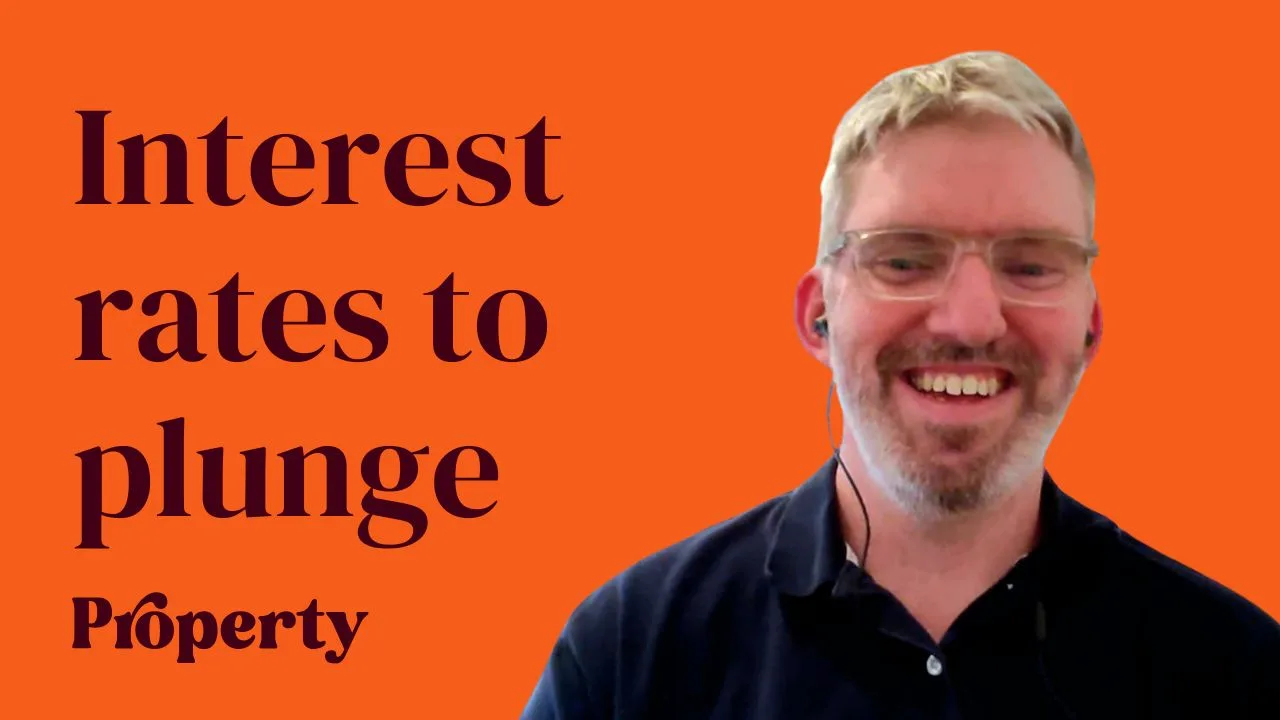Artificial intelligence and virtual reality aren’t the only places to find growth. Here’s a look at the ETFS Global Core Infrastructure ETF (ASX: CORE).
What Are ETFs?
Australian Exchange-traded funds, or ASX ETFs, are investment funds that are listed on a securities exchange and provide exposure to a range of shares or assets with a single purchase. The video below explains ETFs in more detail.
The Infrastructure Sector
While the thought of investing in infrastructure might sound boring compared to some of the high-tech options available to investors, infrastructure is a sector that has a lot of potential to provide sustainable, long-term growth.
A study from Oxford Economics found that between 2006 and 2040, global infrastructure spending is projected to be $79 trillion. Further, the same study predicted that for global infrastructure needs to be met, spending between 2006 and 2040 will actually need to be $94 trillion, which means increasing the proportion of global GDP spent on infrastructure from 3% to 3.5%.
Infrastructure is a huge industry, and it is central to social and economic growth. With a growing population and increasing urbanisation, the need for energy, telecommunications, transport, and water will be continually growing.
It is particularly important to take a global approach to infrastructure investing because much of the growth will come from developing and emerging economies.
ETF Securities CORE ETF
The ETF Securities (or ETFS) Global Core Infrastructure ETF currently invests in 76 companies and aims to track the performance of the Solactive Global Core Infrastructure Low Volatility Index.
Companies in the ETF are weighted inversely based on the volatility of each company, meaning the least volatile companies receive the highest weighting inside the CORE ETF.
Looking inside the ETF you’ll find that around 42.9% of CORE is allocated to shares of utilities companies, 28.5% to communication services, 25.5% to industrials and 3% to energy.
The CORE ETF invests in companies from all over the world, although just over 40% of the companies are based in the US or Canada. There are companies from Europe and Asia, as well as some high-quality Australian companies like Transurban Group (ASX: TCL) and Aurizon Holdings Ltd (ASX: AZJ).
The CORE ETF has been operating since September 2017, and in its first two years, it has returned 14.72% per year. Over the last 12 months, CORE is up 19.01%.
CORE Fees & Risks
Management costs for CORE are 0.45% per year, which is towards the high-end of what you would typically want to pay for an index-tracking ETF. One key risk is that this ETF only has a market capitalisation of around $17 million. Generally, a larger ETF is preferable because it means the ETF’s provider receives more management fees and the fund may be more sustainable.
I would consider this ETF a high-risk investment. Despite the high weightings to low-volatility companies and the growth prospects for infrastructure, the energy and utility sectors can be very cyclical and often depend on the movement of commodity prices.
All things considered, I would say the CORE ETF might be worth looking at for a small, tactical position, but it should be treated as high-risk.
For our number-one ETF pick, have a look at the free report below.
[ls_content_block id=”14948″ para=”paragraphs”]
Disclosure: At the time of writing, Max does not own shares in any of the companies mentioned.








